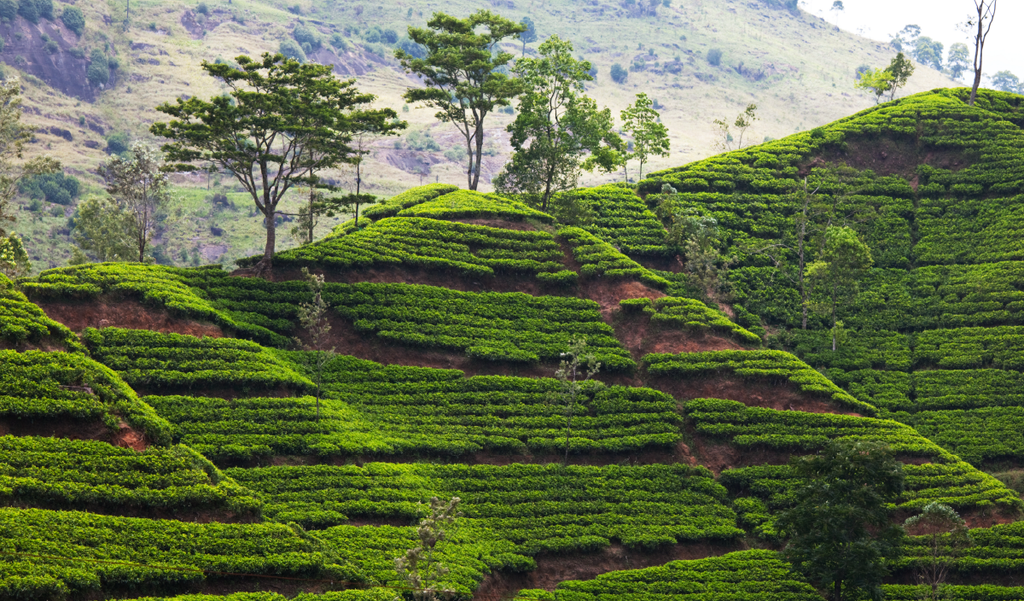England: The Sun Never Sets on the British Tea Trade
While the origins of tea are deeply rooted in China and East Asia, it's difficult to overstate the importance of the British Empire and India in the proliferation of Tea across the globe. Not only did England's powerful trade network connect tea to new international harbors, but England also leveraged its colonies throughout the tropics to grow more tea than had ever been previously available.
The British tea ritual known as "Afternoon Tea" began among the nobility as a relaxing snack between the morning and evening meals. A stimulating alternative to drinking alcohol, Afternoon tea was a social ritual to encourage focus and contemplative discussion. This practice was quickly adopted by the working class as a way to re-energize before returning to demanding industrial jobs. Tea became such an important part of working life that it is often credited as an important contributor to Britain’s industrial revolution! Although they approached the drink from very different perspectives, both strata of society used tea ritual as a momentary respite: the wealthy as a time for relaxation and reflection, and the poor as a productivity extender.

India: Birth of the Modern Tea Industry
India and England share a complicated and intertwined history of tea. It all started in 1833 when British colonists brought 80,000 seeds from China to Assam, a region in Northwest India. Native varieties of tea had been cultivated in Assam for many centuries before the British showed up, but never at such an incredible scale. The British eventually realized that the native tea bushes grew much better in Assam than their Chinese imported bushes did (no surprise there!). Tea plantations began growing Indian tea varieties and scaled up their productions to make India one of the largest tea producers in the world.
Chai: The Original Energy Shot
With cheap tea flooding the Indian markets, India's urban working class (much like England's industrial workers) embraced tea as a way to boost productivity and energy. But unlike the British who drank tea only at specific meals, Indian tea drinkers consumed strong-brewed chai shots almost constantly throughout the day. Tea was often enjoyed on the go between jobs, bought at ubiquitous tea stands, or Chai Wallahs. To this day, tea is served in simple clay cups that are made for a single use, and then disposed of by smashing the cup on the ground.
Do you like to have your tea ritual at the same time every day? Or do you make a quick cup whenever you need a burst of productivity?
See our prior posts in the series below:
Start Your Own Tea Ritual: Try Zest Today!



